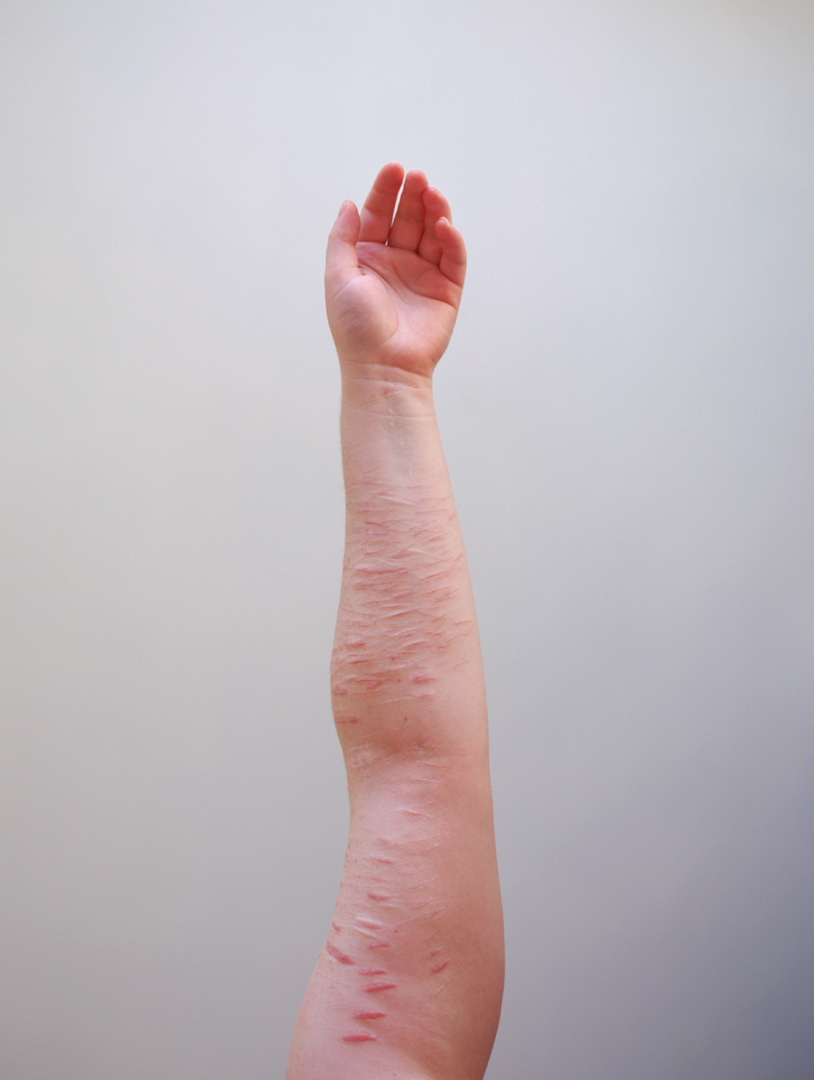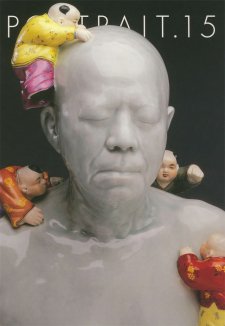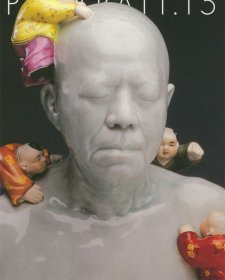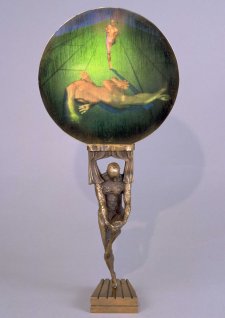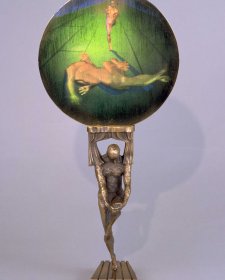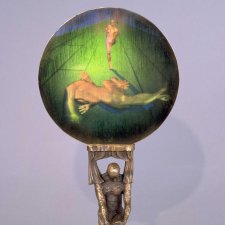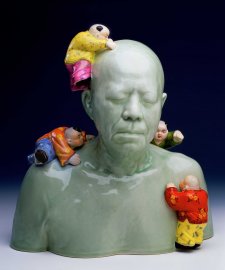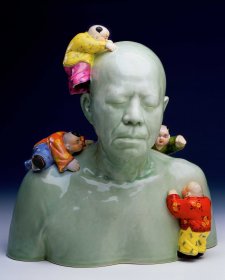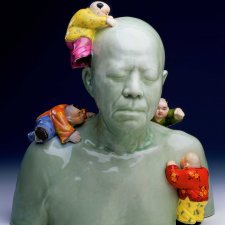It was the sheer volume and range of approach to the contemporary photographic portrait which most struck me as a judge for the Schweppes Portrait Prize 2004, the National Portrait Gallery London's annual photographic award with a first prize of £15,000. In two days 6 panel members considered nearly 8000 prints to come up with a short listed exhibition of 60 prints, one winner and three runners up. Portrait photography assumes a powerful place in contemporary culture and can be a pivotal site for the presentation and exploration of ideas, the documentation of personal history or the idealisation and commemoration of public events and figures. I was inspired, challenged and excited by what I saw.
German photographer Jens Lucking, who was awarded First Prize with his triple portrait Tokyo, has said he didn't want his photograph to appear too posed or fashion like. However part of the strength of the image is a kind of covert reference to fashion photography. These three schoolgirls do challenge the stereotype of 'cute Japanese school girl' as Lucking hoped. With a potent mix of attitude and self consciousness they pose as though they are fashion models, but I can't help but wonder if they play up a slightly ridiculous irony - self styled school uniforms replace McQueen or Stella McCartney, a ubiquitous school bag can be carried (and personalised) the same way as a Prada handbag can. And don't they look just a little too bored? - In the best possible Kate Moss way of course. These savvy unnamed gals Lucking found on a Tokyo street have got all the moves, and being aware of the artifice of it all, subvert something of the normal relationship between (fashion) photographer and subject. They are not paid models so why are they doing it? What is it they want to present? Is it that they, like most of us, enjoy being observed in particular ways at particular times? What you see is what you get and that's no more than they want you to in this picture. I like something they say, or more poignantly won't give away, about what it is to be beautiful and young and confident in contemporary culture.
In fact there is a healthy dose of that in much of the work on display in this years' prize. We are presented with subjects who have an innate knowledge of the power of the photograph and, to some degree, control their participation in the process of image making, even when they stand on the fringes of society or their selection as a subject by the photographer lies in their difference or 'otherness'. This signals a shift in the photographic portraits made by photographers such as Diane Arbus to whom many of this years photographers owe a clear stylistic and methodological debt. I think the change lies in the way the subject faces the camera and understands the act of being photographed.
In Morten Nilsson's Untitled 7 the dancer appears like a doll. Her pristine, smooth skin, those eyelashes, the sequence and deadpan expression all seem at odds with what we'd expect a girl of her age could or should look like. The artifice is alarming, however the transformation is self-imposed. The precision of the presentation is obviously practiced. This doesn't feel like a one-off dress-up for the camera. It feels less like Nilsson found his subject (one of a group of portraits of male and female ball room dancers) than she was waiting for him. Having a portrait made in costume furthers the performative ambitions of dancing. Zed Nelson's Debbie Demayl appears to be less polished and does not have a sleek studio finish. Nelson too draws on traditions of late twentieth century American photography particularly the gritty colour documentary of William Eggleston. The impact of the portrait relies on the incongruity or tension between Demayl's self image and appearance and the suburban ordinariness of her surrounds.
Australian photographers have traditionally done well with the Schweppes Portrait Prize (formally the Kobal Prize). Anthony Luvera is a Perth born photographer currently completing his completing his MA at the London College of Printing. His portrait of Gary McLoughlin is from a larger body of work in which he has worked over a number of years with homeless people around London. Luvera teaches each participant to use the camera, essentially acting as a tutor, technical assistant and stand-in model in a process that leads to a self portrait (McLoughlin can be seen squeezing the blue shutter release in his right hand) and also a series of still life or landscape by the homeless person. Luvera hopes to give participants a greater level of control in the presentation of self than normally found within traditional documentary practice. The series is currently being shown as part of the London Underground Platform for Art programme as at tube stations around the city.
The subtle yet powerful black and white portrait of New York singer and actress Queen Esther is also by an Australian, Patricia Niven. Niven is originally from Brisbane and has worked has worked for publications including The Independent on Sunday Magazine, Nylon and Maxim.
A portrait does not necessarily have to include a picture of the subject's face to convey a powerful statement about the sitter. Lauren Shear's M.H. Wednesday 11.15am is from a series the photographer made about victims of self-harm. Shear specifically locates the photograph in time and by day establishing an almost clinical identity for the subject. The pattern of scarring comes to represent the evidence of an intensely individual personal experience and psychology, yet which is as isolated as the arm outstretched in white space in the photograph and impossible to decipher or fully comprehend.
James Reeves Football - Land-mine Amputee Team was taken on a trip to Afghanistan where he sought to document activities that had prevtously been banned by the Taliban. Very much in the tradition of the reportage or picture story photographer, he shows an amputee team after a match against an able-bodied team for which he was awarded 2nd place. His photograph of the Afghanistan 2004 Olympic team is also short listed for the pnze. Steve Forrest's photograph Murtza is a double portrait - Shafia Rasul, is shown holding up a portrait in a newspaper of his brother of Murtza Rasul who was detained in Guantanamo Bay in Cuba. The photograph was taken in Murtza's house in Birmingham further reinforcing his absence. Both Reeves and Forrest's work remind us of the cost of war and the impact it has on the lives of ordinary people.
